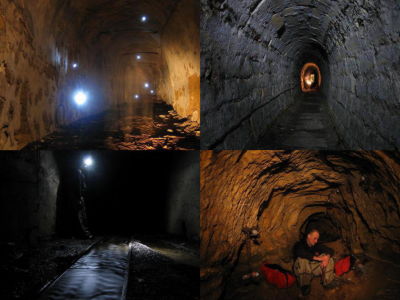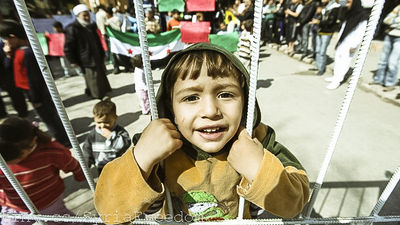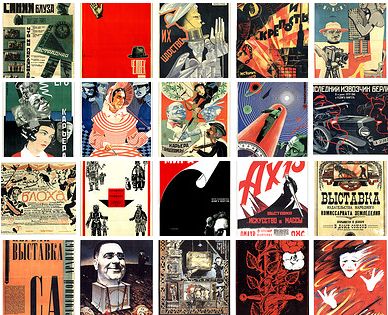Why are there so many pillboxes, Cold War-era fortifications, left in Albania?

In
Land of the Giant Mushrooms: Albania's 750,000 Cold War Bunkers
https://slate.com/human-interest/2013/09/land-of-the-giant-mushrooms-albania-s-750000-cold-war-bunkers.html
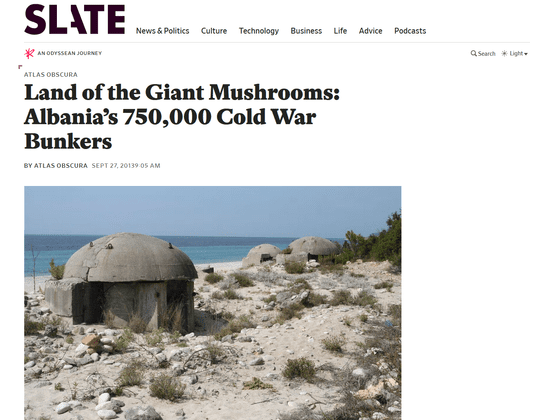
Cold-war Bunkers At The Ready In Albania Half A Million Dot The Land. Once Laughable, They Now Are Eyed As Potential Havens. - philly-archives
Bunkers of Albania - Atlas Obscura
https://www.atlasobscura.com/places/2220
The Albanian People's Republic, founded in January 1946 with Enver Hoxha as its leader, advocated communism, but also criticized the Soviet Union as 'revisionist' for its criticism of Stalin in 1961. In 1968, the Albanian people withdrew from the Warsaw Pact , led by the Soviet Union, and, with the support of China, which was in conflict with the Soviet Union at the time, pursued an extreme military policy that viewed the Soviet Union as a hypothetical enemy.
In 1967, Albania declared 'state atheism' following the example of China's Cultural Revolution , banning all religious activities by its citizens, and even cracking down on overseas travel and other matters, sometimes deploying secret police to prevent dissenting voices and demonstrations by its citizens.
Albania, which adopted such hard-line policies, feared invasion from the Soviet Union's allies and NATO countries. In Albania, a universal conscription policy was established with the goal of having enough weapons for all citizens, and in the 1970s, construction of concrete pillboxes began to stave off invasions by armies of millions of men from enemy countries. During Hoxha's term in office, more than 750,000 pillboxes were built in various places, including beaches, parks, and cemeteries. Some nuclear shelters were also built in preparation for nuclear war.
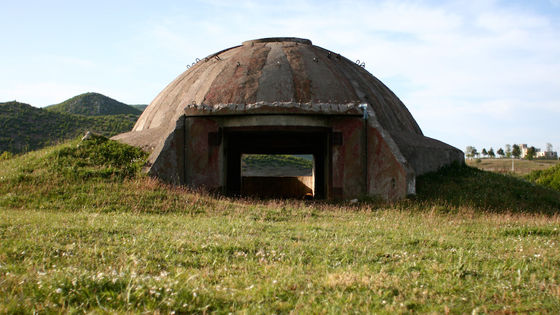
Albania had regarded China as an ally, but China shifted to
In addition, in the 1980s, Hoxha criticized other communist countries such as Romania and North Korea, and declared that 'Albania is the only Marxist-Leninist country in the world,' which led to international isolation. After Hoxha died in 1985, Albania began to gradually shift to a more open path in the 1990s under his successor, Ramiz Ali.
As a result, pillboxes became unnecessary over time. The cost of removing one pillbox is about 800 euros (about 120,000 yen), but there are hundreds of thousands of pillboxes in Albania, and removing them all would be extremely expensive. In the 1980s, when Albania was closed off to the outside world, it was called the 'poorest country in Eastern Europe,' and could not afford to remove the pillboxes. Today, Albania's economy is recovering, and some pillboxes have been removed, but many remain in various parts of Albania to this day.
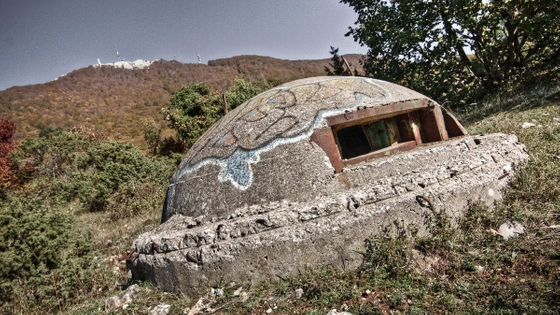
Today, the remaining pillboxes are reused as shelters for homeless people, cafes, and warehouses.
Related Posts:
in Note, Posted by log1r_ut
